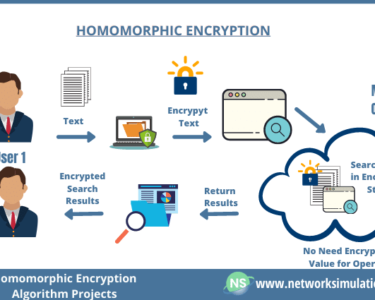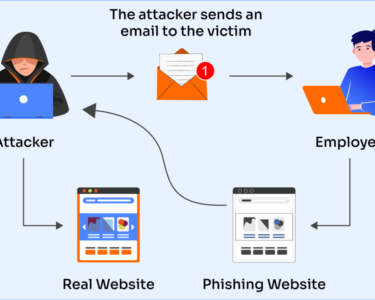
Securing Your Digital Identity
In today’s digital age, our online presence is just as important as our physical presence. From social media accounts to banking information, our digital identities contain a wealth of personal and sensitive data. Protecting this data from theft, fraud, and other cyber threats is essential for our safety and well-being.
Why is Digital Identity Security Important?
- Identity theft: Cybercriminals can use stolen digital identities to commit fraud, open credit cards in your name, or access your bank accounts.
- Financial fraud: Sensitive financial information, such as credit card numbers and bank account details, can be compromised through phishing attacks or data breaches.
- Reputation damage: Social media accounts and online profiles can be compromised and used to spread malicious content or damage your reputation.
- Privacy violations: Digital identities contain personal information that can be misused for targeted advertising, surveillance, or other privacy infringements.
Steps to Secure Your Digital Identity
1. Use Strong Passwords:
- Create unique, complex passwords for all your online accounts.
- Use a password manager to generate and store strong passwords securely.
2. Enable Two-Factor Authentication (2FA):
- Add an extra layer of security to your accounts by requiring a second form of verification, such as a code sent to your phone or email.
3. Be Wary of Phishing Attacks:
- Avoid clicking on suspicious links or opening attachments from unknown senders.
- Verify the sender’s email address and website before providing any sensitive information.
4. Protect Your Social Media Accounts:
- Use privacy settings to limit who can view your posts and personal information.
- Be cautious about sharing sensitive information on social media.
5. Secure Your Devices:
- Install antivirus software and keep it up to date.
- Use a VPN when connecting to public Wi-Fi networks.
- Lock your devices with a strong password or biometric authentication.
6. Monitor Your Credit and Identity:
- Regularly check your credit reports and identity monitoring services for suspicious activity.
- Report any unauthorized transactions or identity theft attempts promptly.
7. Educate Yourself:
- Stay informed about the latest cyber threats and identity theft scams.
- Follow reputable security blogs and resources to learn best practices for protecting your digital identity.
Conclusion
Securing your digital identity is crucial in today’s digital world. By following these steps, you can protect your sensitive data, prevent identity theft, and maintain a strong online presence. Remember to be vigilant, stay informed, and take proactive measures to safeguard your digital identity. The safety and security of your personal information depends on it.



